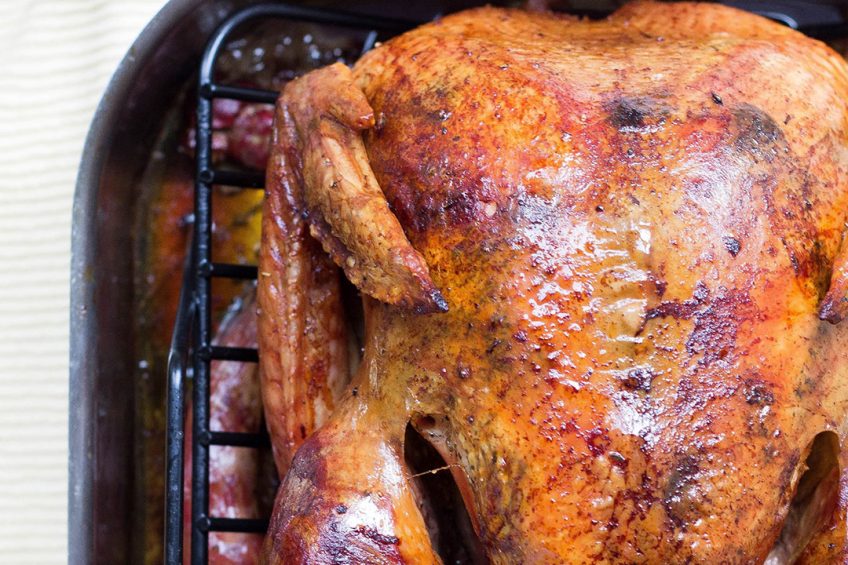Will Poland remain the EU’s largest poultry meat producer?

As a result of growing demand, a USDA report estimates that in 2020, Polish chicken meat production will reach 2.2 million mt, representing a 1.5% increase over 2019. Despite this moderate growth, Poland will remain the EU’s largest poultry meat producer.
Chicken broilers account for 85% of total poultry meat production, while turkey accounts for 14%, both of which are primarily processed by the domestic meat processing industry. The average farm-gate price for broilers in January 2020 was PLN3.77 (US$ 1), a 3% increase over January 2019.
Duck and goose meat are produced on a smaller scale and are exported mainly to Germany and Western Europe. Polish poultry meat production depends largely on local grain (mainly corn) and 2 million mt of imported soybean meal, mainly from South America and the US.
Poultry meat healthier and less expensive
Poultry meat consumption in 2019 is estimated to have reached 27.5kg per capita, almost 2% over 2018.
Poultry meat constitutes 36% of meat consumed in Poland, compared to 51% for pork and only 5% for beef, and although Polish consumers continue to prefer pork (per capita consumption of 41kg annually), poultry meat is perceived as healthier and is less expensive, which drives demand. The Polish meat processing industry also produces poultry sausages and pâté to imitate pork products.
It is estimated that 2020 poultry consumption will continue to grow because of higher production, lower exports due to highly pathogenic avian influenza (HPAI), and the rising price of pork.
Also interesting:
Bird flu Poland not contained
HPAI negatively affects exports
The report estimates that chicken meat exports reached 1.34 million mt in 2019, which is a 12% increase from 2018. However, in value terms, 2019 Polish chicken meat reached 5% (US$ 2.53 billion), reflecting a price decline.
Numerous countries imposed a ban on Polish poultry and egg products following an HPAI outbreak in the country in December 2019. Until March 12, 2020, there were 30 confirmed HPAI outbreaks in domestic flocks. These bans with continue to adversely affect Polish exports of chicken meat in 2020, which are expected to decline 7% from 2019.
This USDA report was prepared by Piotr Rucinski.
Also interesting:
Rabobank: Covid-19 and ASF to shake-up world poultry markets












